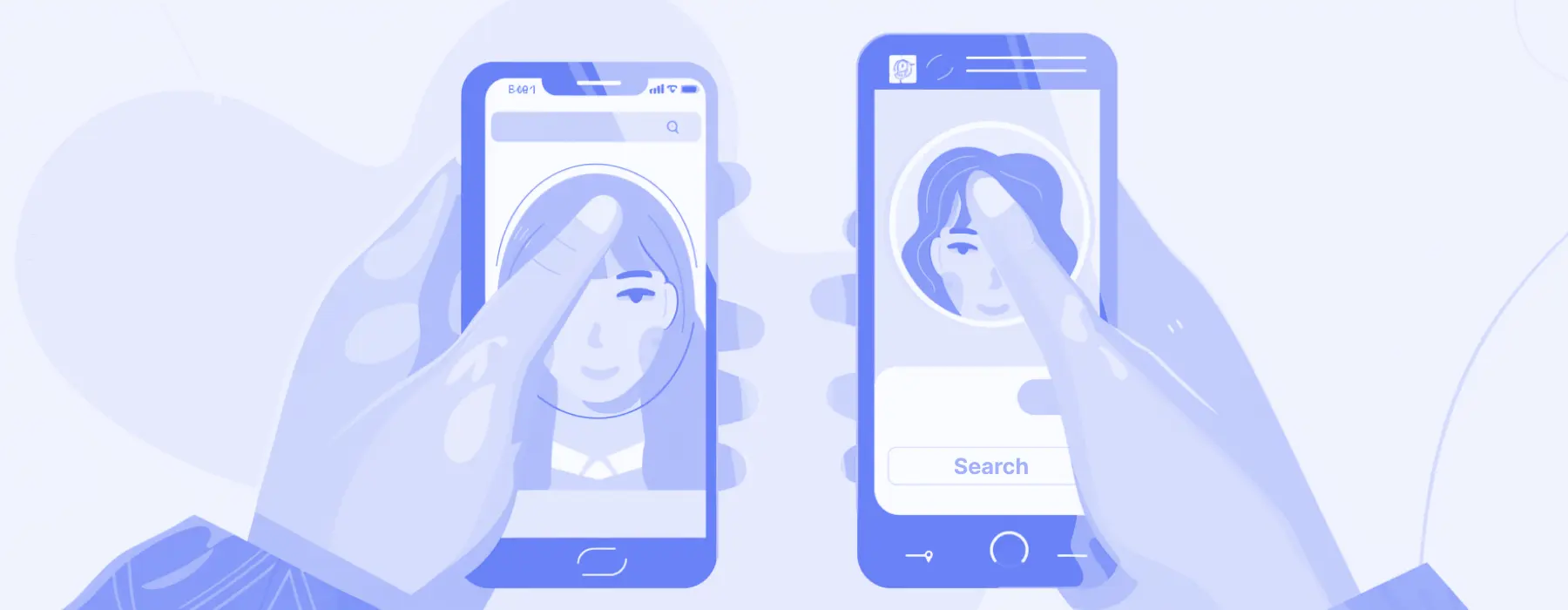

Identifying one’s real appearance is an essential step in revealing and proving one’s identity. This step is a crucial one to secure oneself from scams during online transactions or avoid networking with unreliable users. The best strategy is to do a reverse face search using both general and specialized OSINT tools. Learn the basics of face recognition technology in 2024 and smart ways to use it based on the tips from X-Ray Contact’s team.
Why You Need to Do a Reverse Image Search With a Face
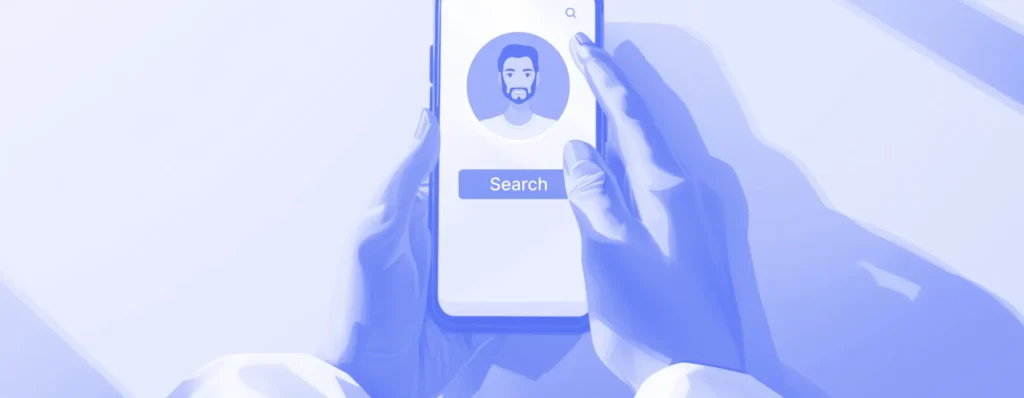
Even though doing a reverse face search might seem like a tedious task. However, it should become a good habit for any person who tends to have personal or business communication online in order to prevent scams. Here are some worst-case scenarios that may happen if you do not verify your interlocutor’s identity:
- Identity Theft. It is essential to verify the identity of a person in an image. This habit is particularly useful in situations where you’re unsure if the person is who they claim to be, such as in online dating, business ventures or social media interactions.
- Catfish Scams. Catfishing is when someone pretends to be someone else online, often using fake photos. By conducting a reverse image search with a face, you can potentially uncover if the image has been used elsewhere on the Internet, which raises suspicion.
- Data Breach. Scammers may use social engineering tactics to trick you into revealing sensitive information or downloading malware onto your device. It can lead to data leaks, blackmailing or financial fraud.
- Romance Scams. Failing to verify the identity of your online dating partner can leave you vulnerable to romance scams. Fraudsters often use fake profiles with attractive photos to lure victims into emotional and financial exploitation.
- Cyberbullying. The user may unknowingly engage with individuals who want to bully, harass, or threaten them online. That’s why verifying identities can help you avoid such toxic interactions and protect your safety.
The Benefits of Reverse Face Image Search
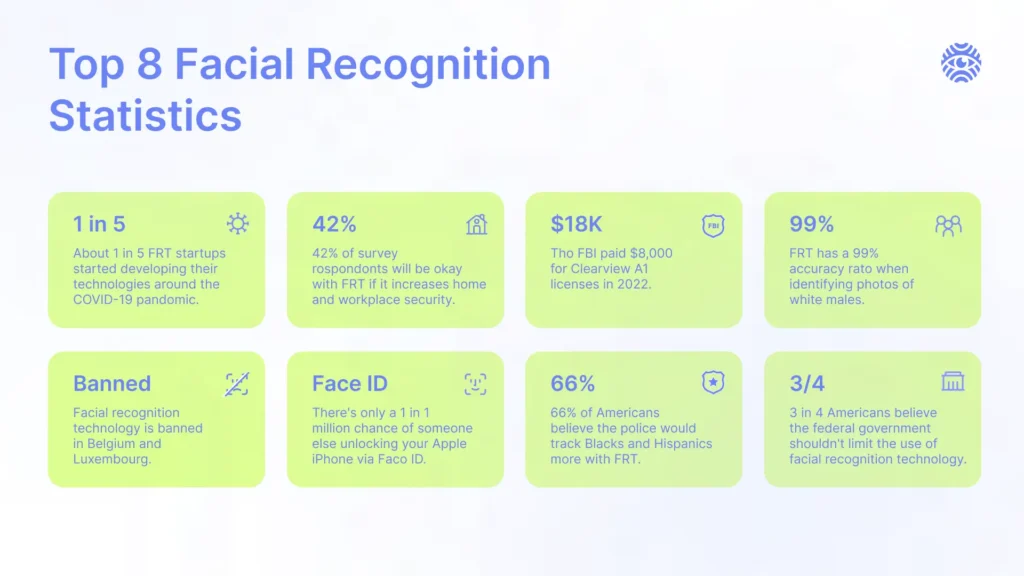
Not sure whether splurging on a face recognition search is a fitting option for you? Check out these reasons why reverse image search tools can be a must-have for either professional or personal use:
- Reconnecting and Networking. If you have an old photo of someone but have lost touch with them, a reverse face image search can help you find their current social media profiles or contact information. This benefit is particularly important if you want to establish contacts with potential business partners you once met at the meeting or conference but didn’t manage to exchange contacts.
- Monitoring Personal Security and Privacy. Reverse image search can be used to manage your online presence by identifying instances where your face appears in publicly available photos or videos. This can help protect your image and reputation in case your photos are being used without your consent.
- Upholding Content Moderation Standards. Such methods as reverse face image search can aid in content filtering by helping identify unauthorized or inappropriate use of images. This is particularly useful for social media platforms, online forums like Reddit, and e-commerce websites to ensure compliance with community guidelines and copyright laws. That’s how face recognition search tech can optimize and automate the review of huge loads of content and, thus, limit reputational risks for the websites.
- Analyzing the Marketing Demographics. The forward-looking marketing and PR teams use face recognition search to identify similar traits of their customer base. It helps in determining what is the core audience of the brand and how it can be effectively reached with a new ad campaign. It adds a new spin to the process of defining what is the best market for the product based on the digital footprint and online ad engagement of the users.
How to Reverse Image Search Someone’s Face
The task of doing a reverse image search can combine both advanced face recognition technology and well-known general-use instruments. Let’s outline the steps you can take to complete a successful reverse face search investigation.
Use X-Ray Contact
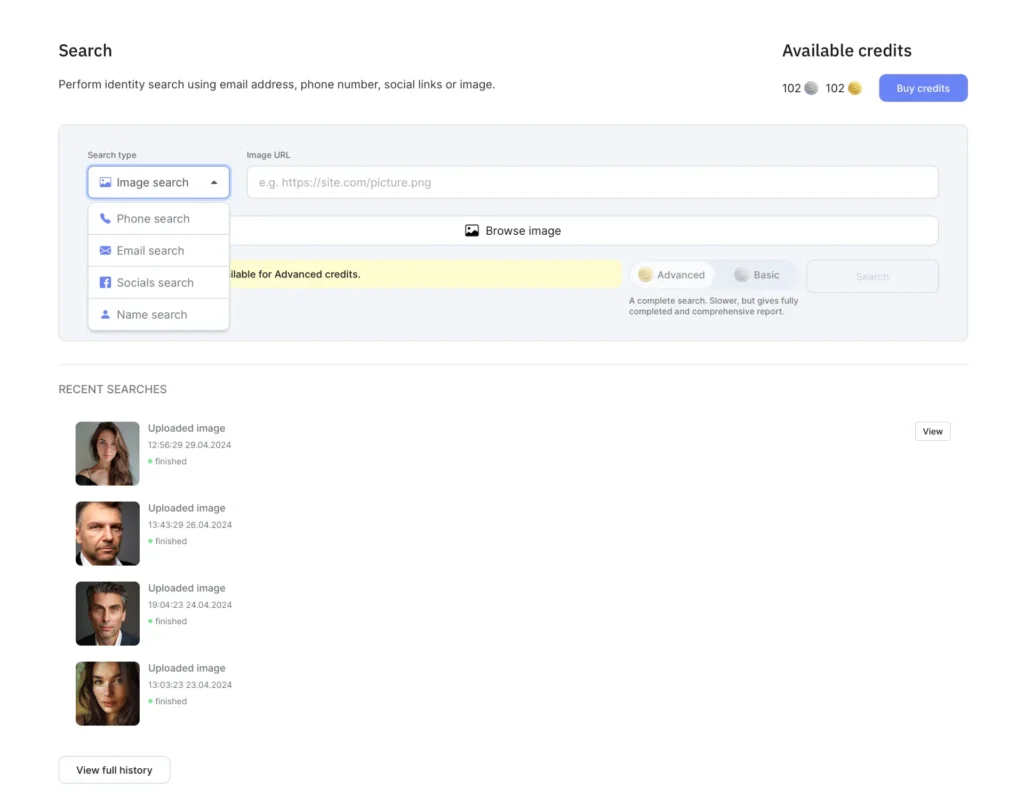
When it comes to reverse face search, X-Ray Contact is a top-tier tool that specializes in scanning a face on the picture and finding people with similar features in the providers’ databases. Rather than just searching for photos with the same background or angles, the algorithm analyzes the face itself to provide more accurate face recognition results. The search process is simple and doesn’t require any prior experience with face recognition technology:
- Visit the main page of the X-Ray Contact website and go to the “Platform” tab.
- Select “Image” as the entry channel. Now, you can either paste a URL link to the website where you’ve found a picture or upload it directly from your device.
- In case the face from the photo was a match to a face present in a system, you will receive a full report with all the info we have on this person. Depending on one’s digital footprint, the record can contain full name, contacts, personal details, social media links, information on relatives and employment, location and more. That’s how you can assemble a person of interest profile in a few clicks using only photos.
Employ Microsoft Azure Face API
It is a cloud-based service offered by Microsoft that provides comprehensive facial recognition capabilities for developers and businesses. The focus is on advanced facial detection, recognition and analysis features in applications and systems. With Azure Face API, users can perform tasks such as detecting faces in images or videos, identifying individuals through face matching, verifying the identity of users, estimating facial attributes like age and gender, and analyzing facial expressions for emotion detection.
However, be mindful that this option is quite pricy since using Azure Face API as a cloud-based service requires spending costs on usage but also processing and storage fees. Moreover, as the program is pretty heavy, it often receives bug and screen-freezing complaints.
Try Google Images
This tool works best to verify the results you acquired with more advanced programs rather than to match a photo from scratch. Go to Google Images and click on the camera icon in the search bar. What’s convenient is that you can then upload the image or provide the URL of the image you want to search with. Google will display visually similar images and web pages where the image appears.
However, be aware that this big-scale instrument has a large margin of error. There’s a big chance that the algorithm will find images that are similar in terms of facial expression, background, lighting, etc., but not by the person’s face. Therefore, Google Images’ biggest flaw is the hardship of distinguishing between the similarities in settings and similarities in facial features. That’s why we recommend using this instrument to see where the subject’s photo was posted online and potentially stumble on their social media links.
Flaws of the Face Recognition Technology
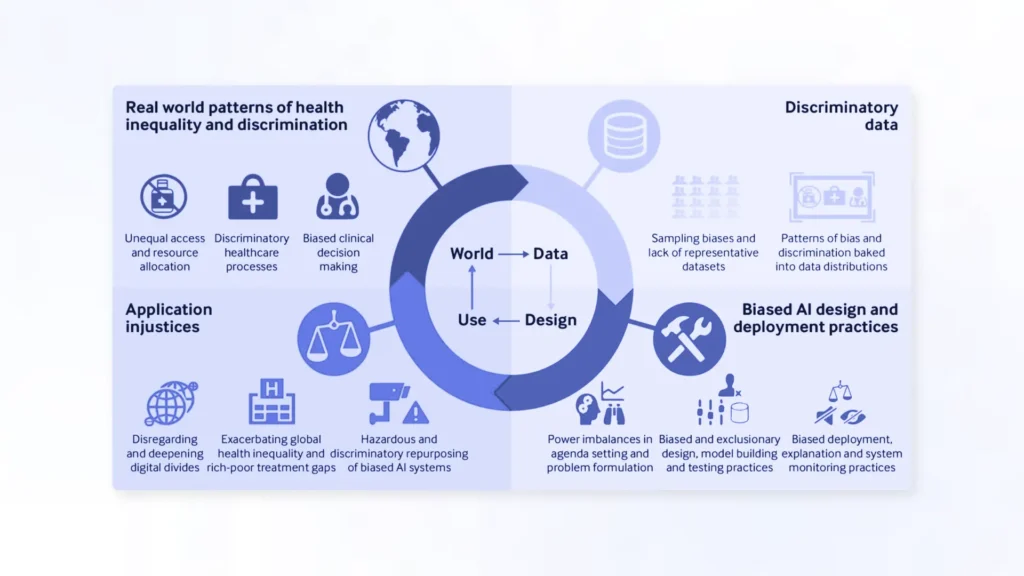
However, be aware that the capacities of even the best face recognition technology tools are limited. The accuracy of the results depends on a plethora of factors, such as face obstruction in the photo, picture modification or limited digital presence. Be aware of these reverse image search shortcomings you may encounter during the investigation:
- Limited Accuracy. Reverse face search systems often struggle with accurately identifying a face, especially in challenging conditions such as poor lighting, low-resolution images or when the subject is not facing the camera directly.
- Sensitive to Changes. Even different facial expressions or certain changes in appearance, like new hair color or signs of aging, can confuse the face recognition algorithm. That’s why using the most up-to-date photo of the person is a must if you want to maximize investigation accuracy.
- Performance Worsening with Scale. As the size of the reverse face search database grows, the technical complexity of matching faces against a large number of templates increases. This can lead to performance degradation, slower response times or higher resource needs.
- Inherent Biases of the Algorithm. Like many machine learning tech, face recognition models can have biases present in the training data. Such biases can arise from imbalances in the data or from the algorithms’ design. That’s why the face recognition system might be much worse in providing correct matches for Asian or black people if it was trained mainly on the sample of white faces.
- Interference from Background Noise. In real-world scenarios, face recognition systems can encounter challenges processing distractions or irrelevant visual elements. For example, cluttered backgrounds, moving objects, or reflections can detract from the system’s ability to isolate and analyze facial features accurately. Hence, in case you have a diverse pool of the subject’s photos, focus on those with plain backgrounds to boost the reverse face search process.
- Hardship to Analyze a Manipulated Photo. Culprits, aware of the face recognition systems, can use image manipulation techniques designed to deceive or bypass the authentication process. Ploys such as morphing, blending or pixel-level alterations can create fake images that resemble multiple individuals. That’s why a reverse face search program may struggle to differentiate between a genuine and a manipulated picture.
Conclusion
Therefore, in spite of its impressive developments and fast improvements, face recognition technology is still far from perfect. It explains why OSINT experts mix and match different manual and tech solutions to get the most accurate investigation results. We recommend you start out with X-Ray Contact, as the tool suits both amateurs and pros. Then, verify and perfect the results with additional face recognition search methods.


